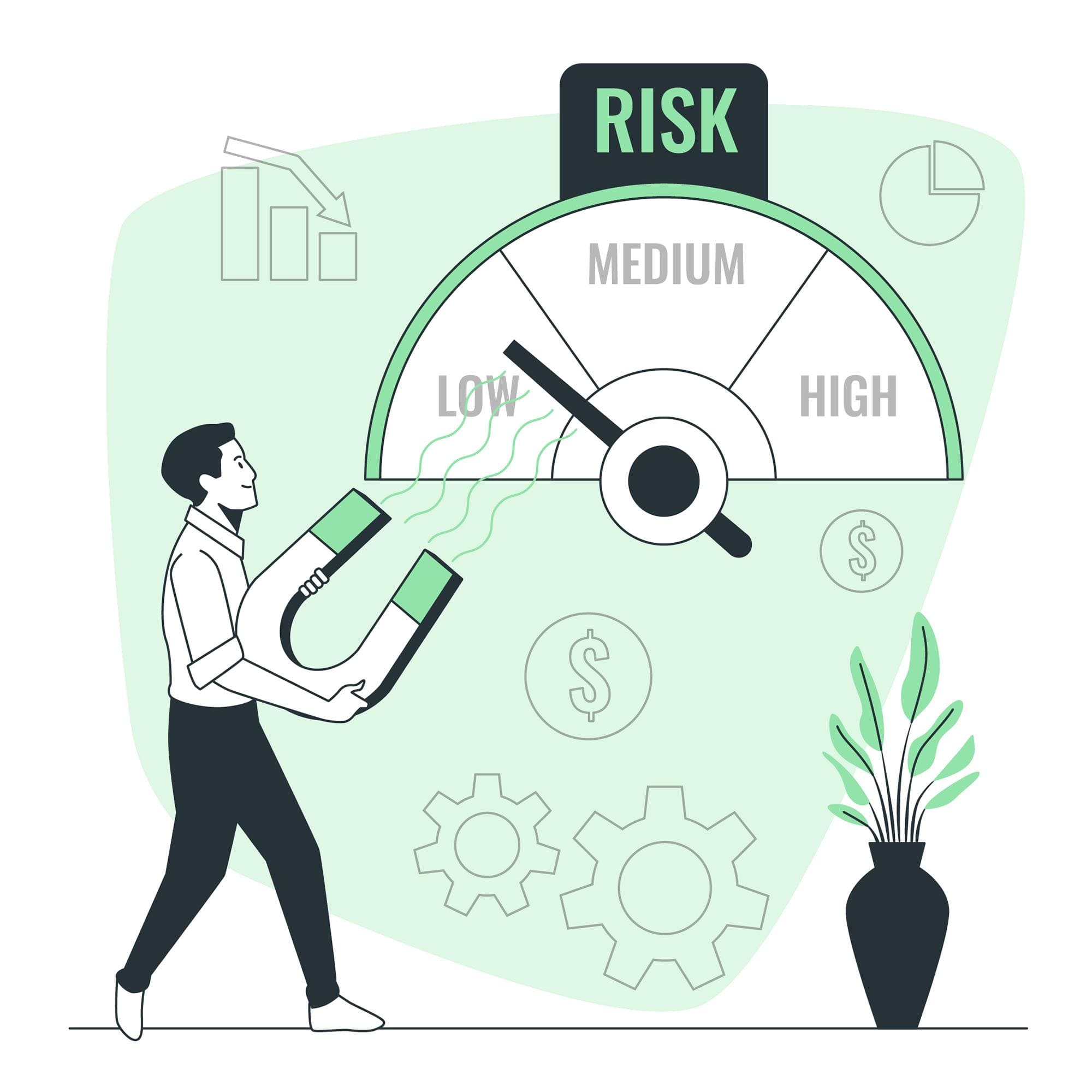Risk Management Planning

Risk management is a critical aspect of project planning as it helps organizations identify, assess, and mitigate potential risks that may affect the success of a project. By implementing risk management planning, project managers can proactively address uncertainties and develop strategies to minimize the impact of risks on project objectives.
Here’s a detailed explanation of the importance of risk management in project planning and how to identify, assess, and mitigate risks, along with relevant examples.
Importance of Risk Management in Project Planning
1. Minimizing Project Failures:
Risk management allows project managers to anticipate potential risks and take preventive actions to minimize the chances of project failures. By identifying and addressing risks early on, project teams can make informed decisions and allocate appropriate resources to mitigate risks effectively.

Example: Suppose a software development project is heavily dependent on a third-party API. A risk management plan would involve assessing the reliability and stability of the API provider, identifying the potential risks associated with its availability or functionality, and developing contingency plans or alternatives in case of API-related issues.

2. Enhancing Decision-making:
Risk management provides valuable insights into potential threats and opportunities associated with a project. This information helps project managers make informed decisions regarding resource allocation, scheduling, and prioritization. By considering potential risks and their potential impacts, project teams can make more accurate forecasts and develop appropriate mitigation strategies.
Example: In a construction project, risk management can identify the risk of weather-related delays. By factoring in the historical weather patterns and considering the probability of such delays, the project manager can adjust the project schedule accordingly, allocate additional resources, or develop backup plans to minimize the impact of adverse weather conditions.
3. Improving Stakeholder Communication:
Risk management facilitates effective communication with project stakeholders, including sponsors, clients, team members, and other relevant parties. By involving stakeholders in risk identification and mitigation discussions, project managers can manage expectations, gain support for risk mitigation efforts, and maintain transparency throughout the project lifecycle.

Example: In a marketing campaign, a risk management plan may involve analyzing potential risks related to brand reputation or customer dissatisfaction. By communicating these risks to stakeholders, the project team can collaboratively develop strategies to address potential issues and maintain customer trust.
Identifying Risks
1. Brainstorming:
Gather the project team, stakeholders, and subject matter experts to brainstorm and identify potential risks. Encourage open discussions and consider various perspectives to ensure a comprehensive risk identification process.


2. Documentation Review:
Review relevant project documents, such as requirements, contracts, and previous project reports, to identify risks mentioned or experienced in similar projects.
3. External Inputs:
Seek external inputs from industry experts, consultants, or stakeholders who have experience in similar projects or domains. Their insights can help identify risks that might be overlooked internally.

Assessing Risks
1. Probability and Impact Assessment:
Evaluate the likelihood of each identified risk occurring and the potential impact it could have on the project objectives. This assessment helps prioritize risks and determine the level of attention and resources required for mitigation.

Example: For a marketing campaign, a risk assessment may identify the risk of low customer engagement on social media platforms. Assessing the probability and impact of this risk can help determine if additional resources should be allocated to create engaging content or implement alternative marketing channels.

2. Risk Prioritization:
Rank risks based on their probability and impact to prioritize mitigation efforts. High-risk items require immediate attention, while low-risk items may receive less focus.
Example: In an event planning project, a risk assessment may reveal that the risk of inclement weather during an outdoor event has a high probability and a significant impact on attendance. Thus, this risk would be prioritized for mitigation through measures like having a backup indoor venue or providing weather-appropriate facilities.
Mitigating Risks
1. Risk Response Planning:
Develop appropriate strategies to address identified risks. These strategies may include risk avoidance, risk transfer, risk reduction, or risk acceptance.


2. Contingency Planning:
Develop contingency plans to address high-impact risks that cannot be entirely avoided or mitigated. Contingency plans outline predetermined actions to be taken if a risk event occurs.
3. Monitoring and Control:
Continuously monitor identified risks throughout the project lifecycle and adjust mitigation strategies as needed. Regularly review risk registers, update risk response plans, and communicate changes to stakeholders to ensure proactive risk management.

By implementing a robust risk management planning process, project managers can effectively anticipate, evaluate, and address potential risks. This proactive approach enhances the chances of project success, facilitates stakeholder collaboration, and allows for better decision-making throughout the project lifecycle.
Next: 9.Quality Planning